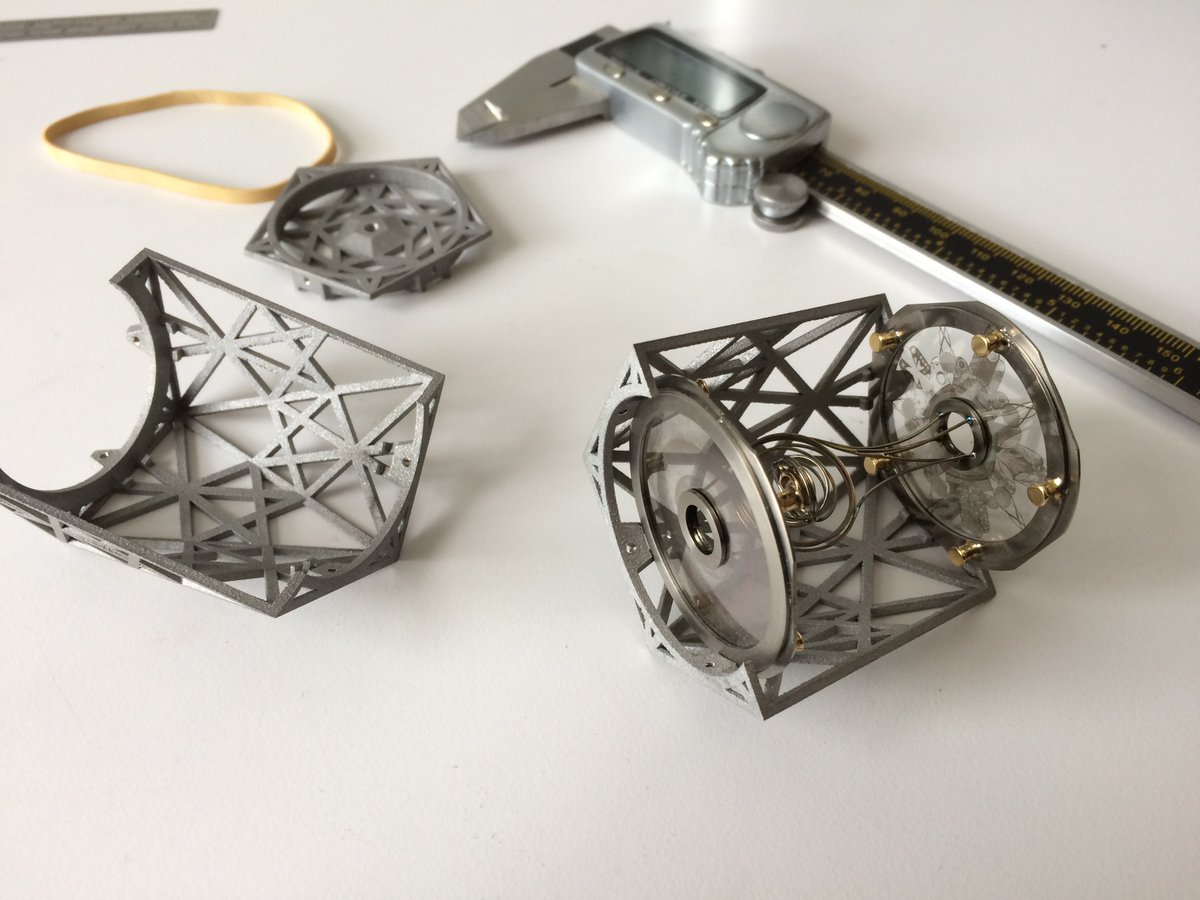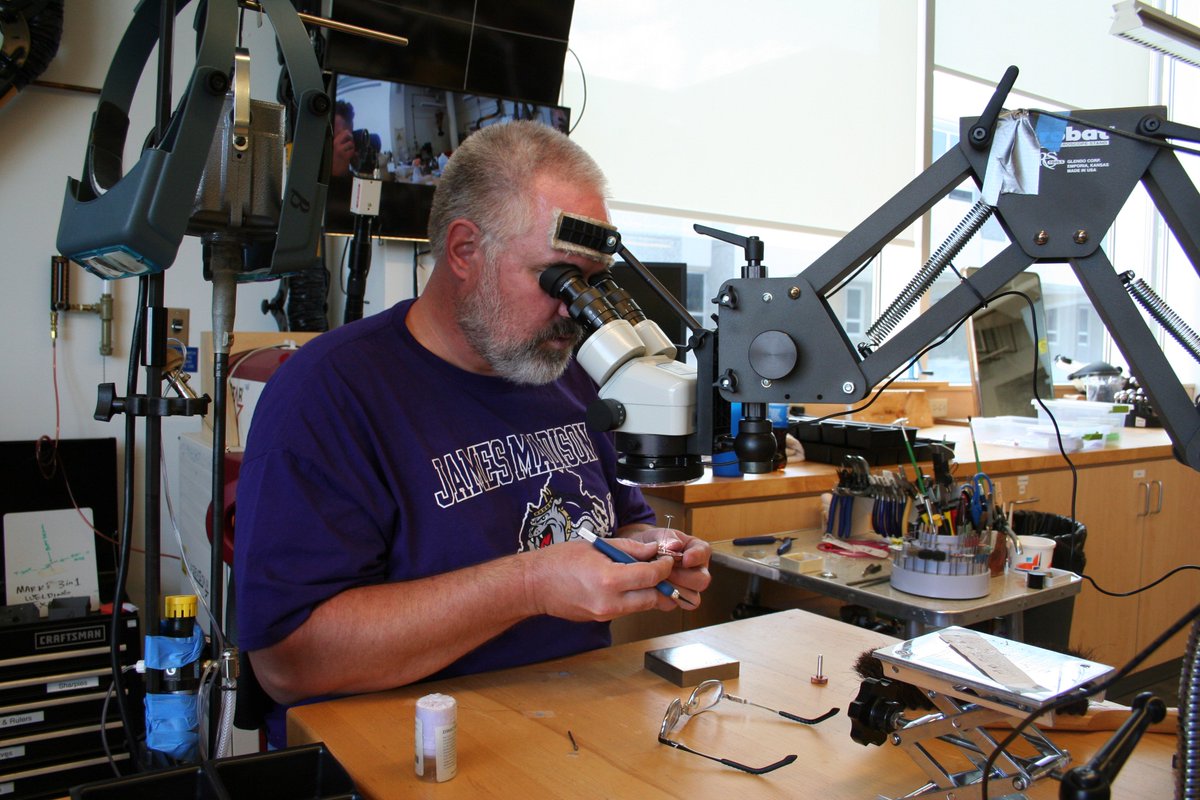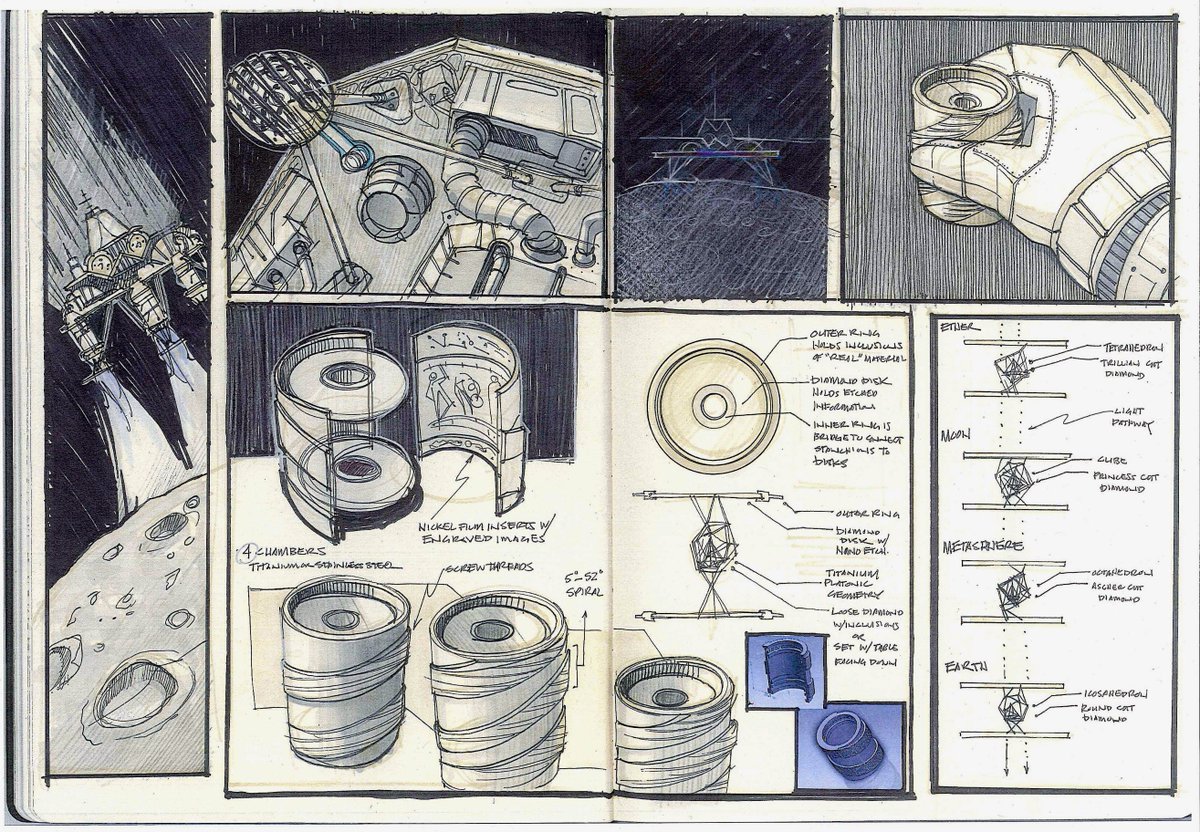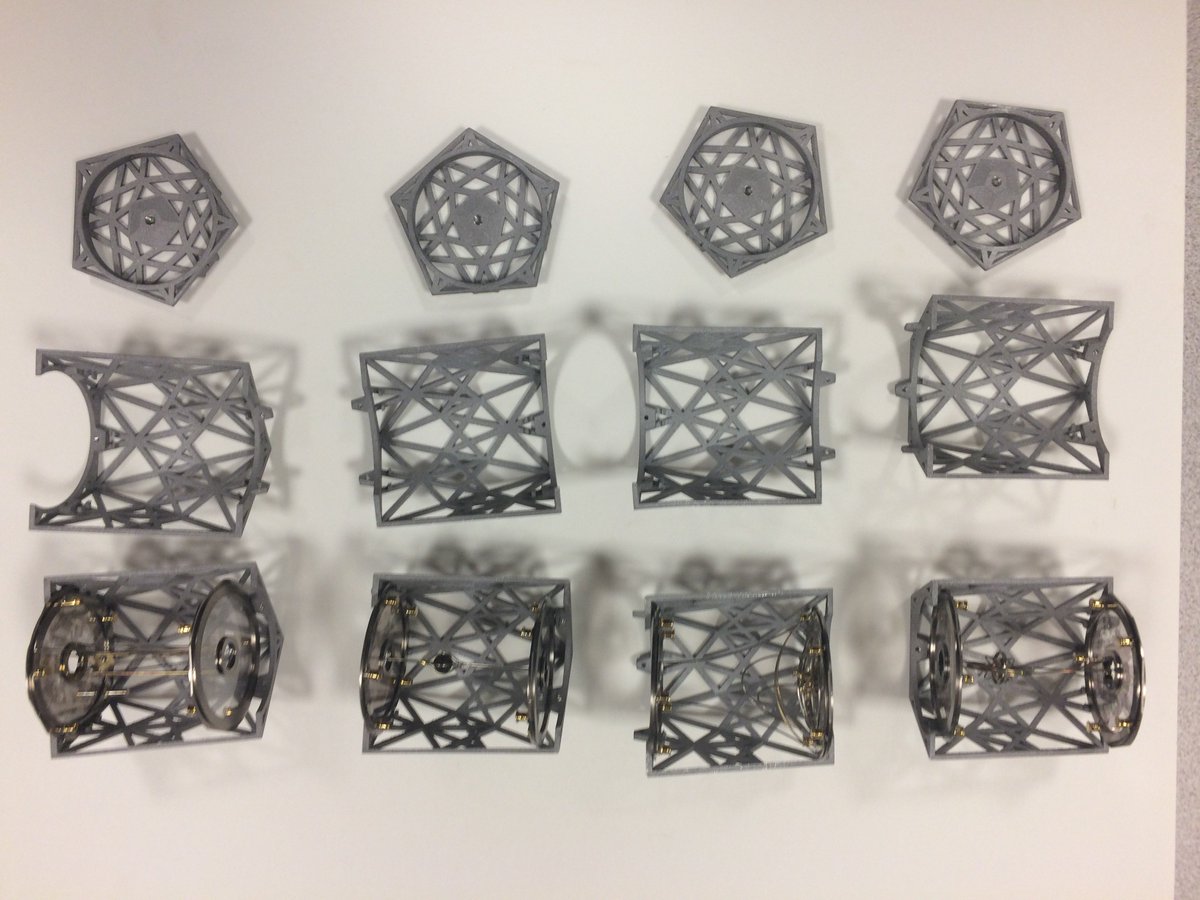This Mini Museum Will Land on the Moon in 2019
Credit to Author: Daniel Oberhaus| Date: Tue, 03 Oct 2017 13:00:00 +0000
In 1969, a small group of artists managed to smuggle a ceramic wafer onto the Apollo 12 lunar lander. Known as the Moon Museum, this thumbnail-sized chip featured drawings by six famous artists of the era, including a drawing of a dick by Andy Warhol. It was the first piece of art to hitch a ride to space, and to this day remains the only human artwork on the surface of another celestial body.
This will change in 2019, when the Moon will officially host a far larger art museum known as the MoonArk.
Originally conceived by the American artist Lowry Burgess, the MoonArk has been over a decade in the making and represents the collaboration of over 200 artists from around the world. It is a cylindrical structure standing eight inches tall and two inches in diameter, and weighing just six ounces. Despite its small stature, by the time the MoonArk arrives on the lunar surface, it will have cost its creators over $1.4 million—a relatively small price to pay for an artwork that its creators say will last for millions of years.

The MoonArk will be hitching a ride on the Astrobiotic Lunar Lander designed largely at Carnegie Mellon University as part of Google’s LunarX prize, a $20 million race to put the first privately funded robot on the surface of the Moon. In 2008, Burgess was approached by the Carnegie Mellon team working on the Lunar Lander and asked if he’d like to contribute a piece of art to the mission. Burgess readily agreed.
Designing a piece of art for a lunar gallery is a daunting prospect. Not only does the artwork have to be incredibly small and lightweight, it also has to be able to withstand the harsh environmental conditions on the Moon’s surface, which can see temperatures ranging from 250 to below -240 degrees Fahrenheit.
“There were enormous limitations placed upon the project because it costs a million dollars a pound to send something into space,” Burgess, a professor of art at Carnegie Mellon University, told me on the phone. “Not many art projects have a million dollars to start with, so I had to think very small and very light.”
Burgess was the obvious choice for creating such an extreme art project. In 1989 he created “Boundless Cubic Lunar Aperture,” the first piece of artwork officially commissioned and flown in orbit by NASA. He’s also something of a history buff when it comes to astronomy, and he drew upon our species’ artistic infatuation with the Moon when drafting designs for the MoonArk.
“We wouldn’t have life on Earth without the Moon, it stirs everything to life,” Burgess said. “So the thought with the MoonArk was that we should take life back to the Moon as a gift to show this is what it’s created.”
The finished MoonArk, a copy of which was put on display last weekend at Carnegie Museum of Natural History, consists of four stacked canisters that are each two inches in diameter and two inches tall. Taken together, Burgess said all of the major art forms are represented in the canister (architecture, design, music, drama, ballet, and poetry). Each canister approaches these art forms with an eye to an overarching theme: Earth, Metasphere, Moon, or Ether.
Earth focuses on our planet and the creatures found there. The metasphere highlights the communicative aspects of our species, from the contents of our text messages to the satellite infrastructure that makes global communication possible. The Moon canister focuses on our relationship with our nearest celestial neighbor. Ether takes the Earth and Moon and places them in a broader cosmological context.

Although each canister contains many unique elements, some central design themes unite them. Each one is contained in a lightweight aluminum cage, which protects some murals that encase each canister and depict things like a night view of Earth from orbit or the photos sent via text message between a husband and wife over the course of several months. Each ornamented canister contains a unique sculpture, representing concepts like a spacecraft’s orbital trajectory around Earth or the Moon.
Above and below these sculptures, ultrathin sapphire disks overlaid with platinum etchings depict aspects of life on and off of Earth, such as the migration patterns of humpback whales and photos from the Apollo missions. The assemblies that mount these disks in the canisters are also artworks, and contain engravings that are transcriptions of music from ballet or collections of sediment from around the world. The MoonArk will also be transporting DNA from a number of lifeforms, such as the Arctic Tern, as well as a collection of plankton, water samples taken from the most polluted river in India and from Earth’s major oceans, wooden Inuit maps of the Greenland coastlines, and more.
Read More: An Artist is Launching a 100-foot Satellite That Will Be Visible to the Naked Eye
The center of stacked canisters is hollow. When the canisters are placed on the lunar surface by the Astrobiotic vehicle, they will be arranged in such a way that the top of the canister is facing toward Andromeda, the closest galaxy to the Milky Way, and sunlight will be able to pass through the center of the canister.

Although the MoonArk won’t be arriving on the Moon until 2019, its cosmic journey really began last year. In October 2016, Burgess and a few colleagues created a “Symphony for Andromeda,” consisting of natural sounds and original music that was sent from the Dwingeloo radio telescope in the Netherlands toward Andromeda. An image of this symphony is also contained on the disk in the fourth canister of the MoonArk.
As Elon Musk and other pioneers of the new space industry work to make humans a truly interplanetary species, Burgess thinks that space art projects like the MoonArk will have an increasingly large role in our colonization of the solar system.
“Humans are not just technical creatures—we’re cultural creatures, we’re spiritual creatures,” Burgess said. “The arts are a very big part of human life, so if we’re going into space, we’re going to take all of that with us. The MoonArk is a prophecy of that potential.”



You can take a full tour of the MoonArk here.